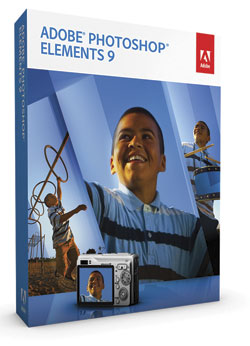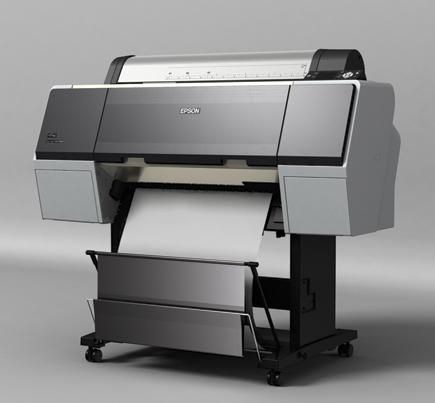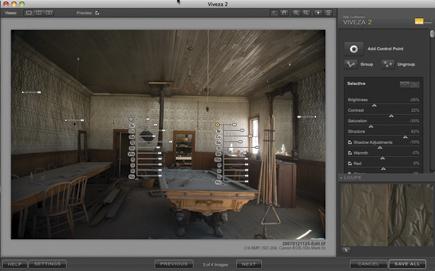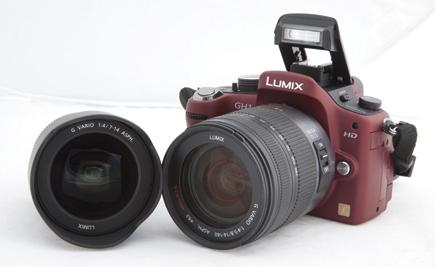Jon Canfield
|
Aug 09, 2011 |
First Published: Jul 01, 2011
|
Nov 01, 2010
|
Oct 01, 2010
|
Jul 01, 2010
|
Jun 01, 2010
|
Jun 01, 2010
|
Jun 01, 2010
|
Apr 01, 2010










